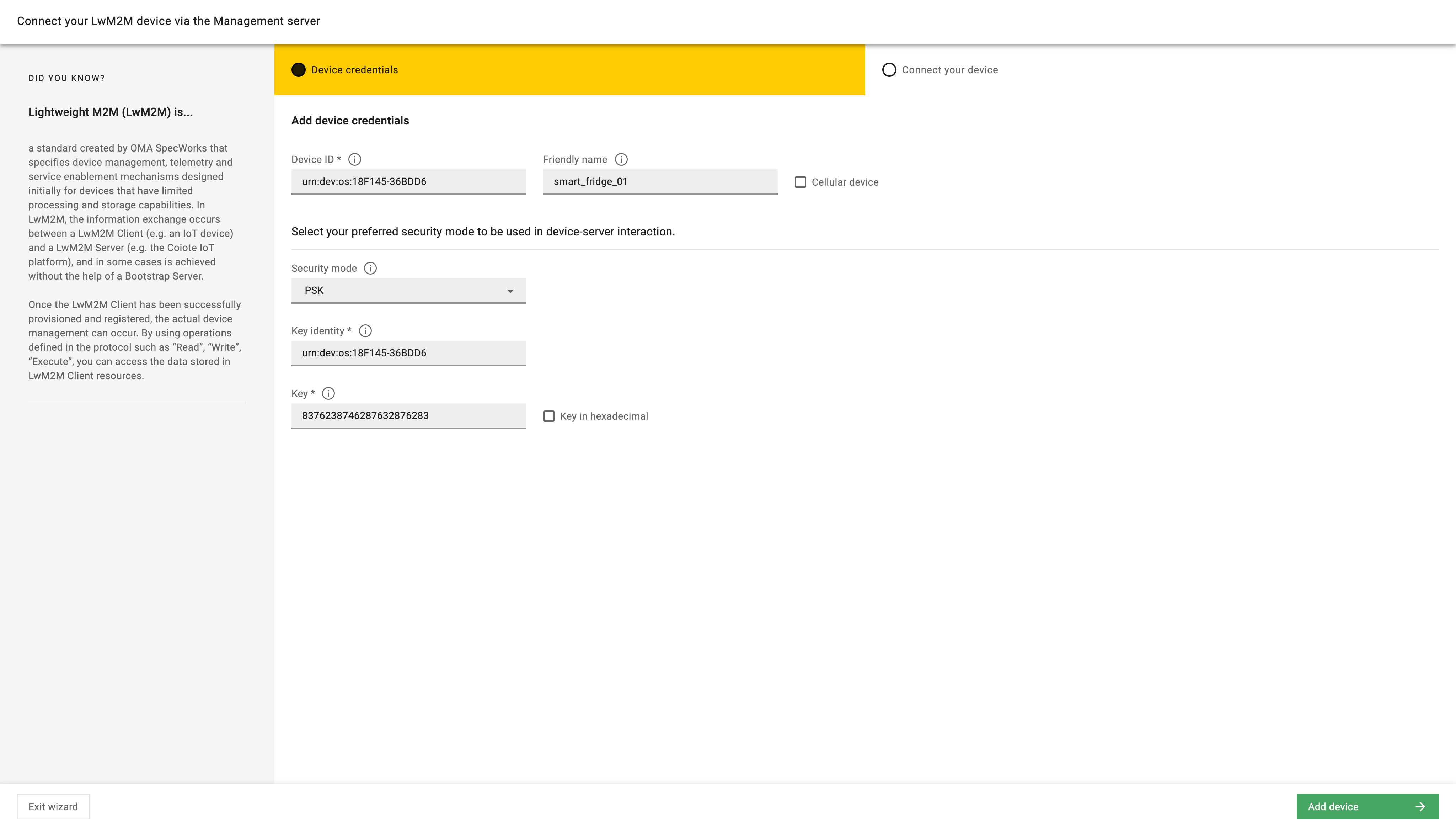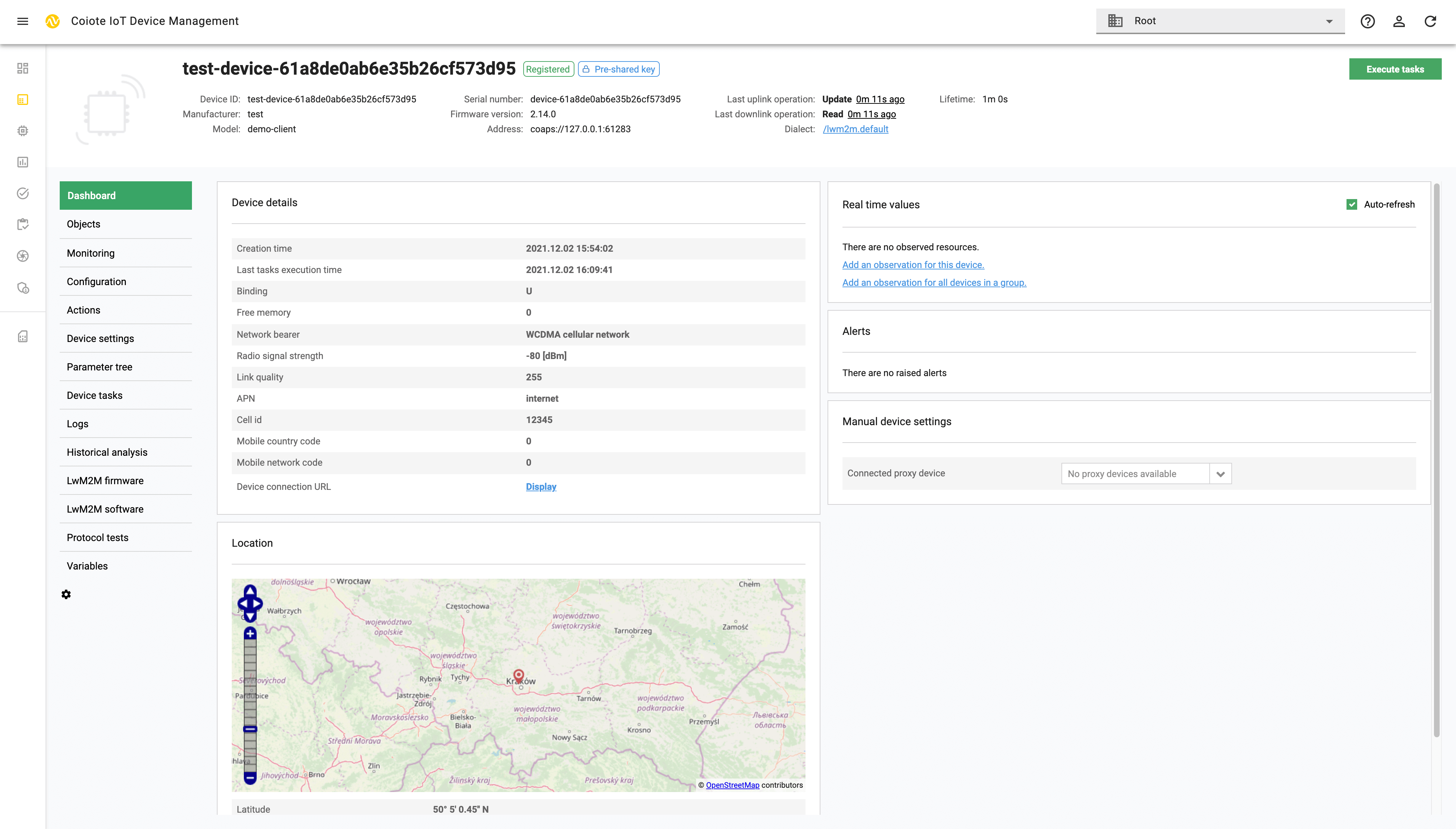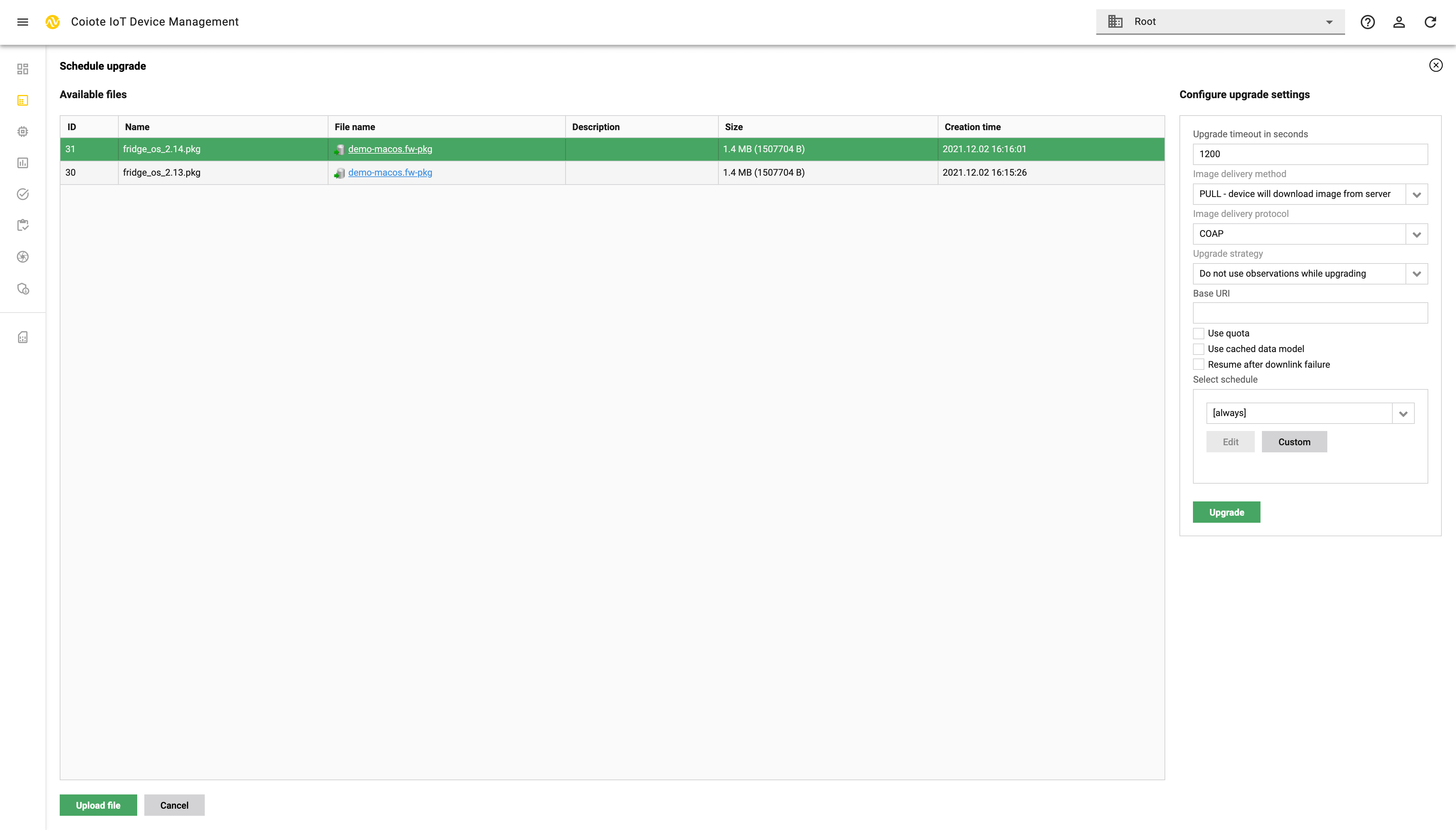IoT device management
Take control of your devices with our highly scalable platform
What is IoT device management
IoT device management refers to the processes involving the provisioning and authenticating, configuring, maintaining, monitoring, and diagnosing connected devices operating as part of an IoT environment to provide and support the whole spectrum of their functional capabilities. It is therefore quite clear that a reliable and effective device management solution is critical in keeping the smart assets connected, up-to-date and secure.
IoT device management fundamentals
For the devices to really matter, they need to be handled according to some accepted standards and best practices that make up the fundamentals of the management of the Internet of Things devices. Getting to know the ropes of the process not only facilitates the decision-making process within the IoT project but also gives wider awareness of what happens with a connected device throughout the whole of its lifecycle.
Thank you.
AVSystem sp. z o.o., Radzikowskiego 47D, Cracow is the controller of your personal data. If you agree to a specific communication channel, we will process your personal data for marketing purposes. You can withdraw your consent at any time or object to data processing. You have the right to access your personal data, the right to rectification data, the right to erasure data, the right to demand the restriction of the processing of your personal data and the right to object to the processing of your data. More information about processing of your personal data is available here.
Onboarding
The process of connecting your devices to the web. Intelligent and secure provisioning accelerates time-to-market and circumvents risks related to hostile attacks. If overlooked, it may have severe consequences for project success.
An indispensable part of provisioning is device authentication. It consists in establishing a secure connection between the device and an IoT service or IoT platform. As part of that process, the device presents the credentials to the server and, in case it can be trusted, receives further configuration data. Depending on the specifics of the implementation, details of the process may vary, but usually include authentication methods such as device certificates or pre-shared keys.
Configuration
In most cases, smart devices, sensors, or other Internet-connected gear comes with generic preconfiguration provided by their manufacturers. This means that it is up to the service provider to configure the fleet according to the specificity of the deployment, such as the devices’ installation location and the role they will play within the emerging IoT ecosystem. Therefore, one of the key factors in the successful management of IoT assets is to be able to fine-tune the provisioned devices beyond their default settings. A flexible and intuitive configuration mechanism should enable you to design the behavior of your smart fleet not only in times when devices perform as planned, but also to react on the fly in case of any failures that come along the way.
Maintenance
We have to be aware that firmware may come with bugs in it, or that the project scope may change and new functionalities will come in handy, or that security vulnerabilities may appear that pose a threat to your smart deployment. To help with all of this, comprehensive IoT device management software offers advanced mechanisms for firmware over-the-air and software over-the-air updates, so that every device in the field is kept secure, up-to-date, and bug-free. To learn more about this particular topic, please visit our blog posts on FOTA and SOTA.
Diagnostics
Diagnostic features are crucial in reducing the impact of device downtime that may occur as a result of firmware bugs or any unexpected operational issues. Focusing on the more obvious elements (such as those mentioned above), IoT project managers tend to forget that predictive maintenance can effectively save the day for their business. But how is it done? Diagnostics is not only about monitoring network statistics to detect any security breaches; first of all, it’s about preventing failures from happening or counteracting them before they become harmful. Taking the whole thing to a higher level, IoT device management often uses sophisticated analytics mechanisms for generating useful insights into issues that may pop up across the whole of your IoT deployment.
End-of-life management
Thinking about any IoT enterprise in a broader picture, what must be taken into account is what happens with all the devices in the field after the successful completion of the project or with a single device when it reaches its end of life. In case of device replacement, an appropriate environment should be granted for the deployment of new devices. When it comes, on the other hand, to phasing out a smart project, the decommissioning efforts should be properly orchestrated to avoid data leaks, system downtimes, and situations of bad agents gaining access to the devices due to a system compromise. As can be seen, in being a security matter, end-of-life management is an essential part of handling smart devices throughout their lifecycle – see our blog post on IoT Device Lifecycle Management for more information.

Coiote IoT Device Management
The platform helps you easily onboard multiple devices, configure them, maintain, and diagnose until the end of their lifecycle.
Onboard
Onboard any number of devices using our auto-discovery features
Configure
Configure your devices step by step with the intuitive graphical user interface
Maintain & diagnose
Quickly identify and solve any operational issues automatically
Decommission
Manage your devices from the beginning to the end
Future-proof your IoT ventures
Device management is not only about the infrastructure, connectivity, and software that is used to operate the devices – it’s also about the IoT protocols, the languages that they ‘speak’ when communicating. And as the Internet of Things is plagued with a huge lack of standardization in any vertical of IoT technology stack, it is important to emphasize the role of such well-established protocols as the Lightweight M2M. As a leading IoT industry standard, LwM2M offers a comprehensive model for Internet of Things device management, designed especially to leverage the possibilities of resource-constrained assets, such as sensors and actuators, which are so vital to the development of the IoT industry worldwide.
Thank you.
AVSystem sp. z o.o., Radzikowskiego 47D, Cracow is the controller of your personal data. If you agree to a specific communication channel, we will process your personal data for marketing purposes. You can withdraw your consent at any time or object to data processing. You have the right to access your personal data, the right to rectification data, the right to erasure data, the right to demand the restriction of the processing of your personal data and the right to object to the processing of your data. More information about processing of your personal data is available here.





